Low Threshold Learning

In today’s fast-paced world, finding the time and energy to learn new skills can feel like an overwhelming challenge. That’s why we develop a low-threshold learning platform for the BonJour! Project that makes education accessible, engaging, and flexible for everyone—regardless of background or experience. By integrating micro-learning, a learning-by-assessment approach, and interactive multimedia-based content, the platform adapts to learners’ busy lives. It breaks education into short, manageable steps, encourages active participation through practical tasks, and keeps learners engaged with dynamic, hands-on resources. The result? A flexible, user-friendly environment where anyone can learn, progress, and grow at their own pace.

What Makes the Platform Unique?
We believe that learning should not be a barrier but an opportunity. By integrating key modern learning approaches, we are working to create an environment that adapts to the learner. Learning platforms can become barriers in the learning process when they are overly complex, requiring technical skills or prior knowledge that many learners may not possess. Additionally, rigid structures, lengthy content, and lack of engaging, interactive elements can overwhelm learners, discouraging participation and progress.
We implement several specific approaches in our considerations:
- Micro-learning: Small Steps, Big Results
Life is busy, and long lessons can be difficult to complete. Our platform breaks learning into short, focused units that can be completed in minutes. Whether it’s during a coffee break or on a commute, learners can achieve real progress one step at a time. - Learning by Assessment: Show What You Know
We prioritise active learning through a learning-by-assessment approach. Instead of passively absorbing content, learners demonstrate their understanding through quizzes, practical tasks, and interactive exercises. Immediate feedback helps learners see their growth and identify areas to improve. - Interactive and Multimedia-Based Content
We know that people learn best when they’re engaged. That’s why our platform delivers active, multimedia-based content: videos, interactive exercises, and dynamic resources designed to inspire and involve learners. Education becomes less about memorising and more about doing.
Why It Works
Low-threshold platforms are intentionally designed to be user-friendly and welcoming. They provide a safe space to learn, explore, and fail forward, ensuring that anyone—regardless of digital experience—can benefit. The low-threshold entry point encourages people to start their learning journey without fear of failure.
BonJour! is an Erasmus+ Project (2023-1-IT02-KA220-ADU-000160320), implemented by partners from Italy (coordinator), Poland, Portugal, Austria, and the Republic of Türkiye.
Webpage: bonjour-project.eu
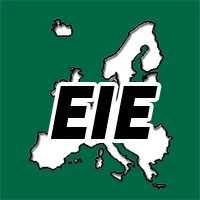




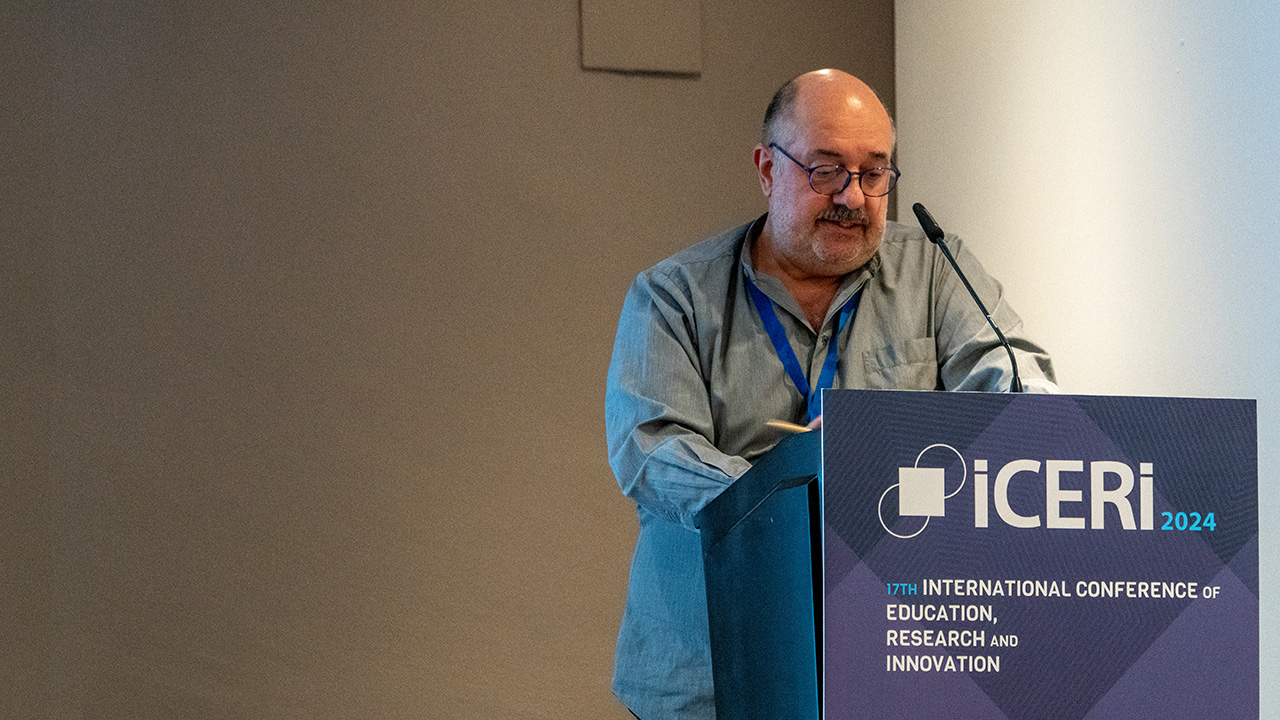

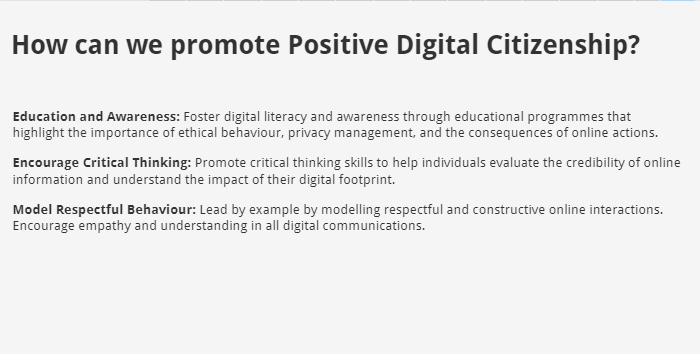
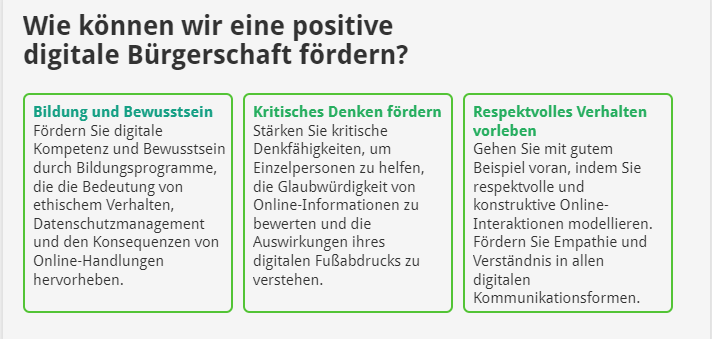
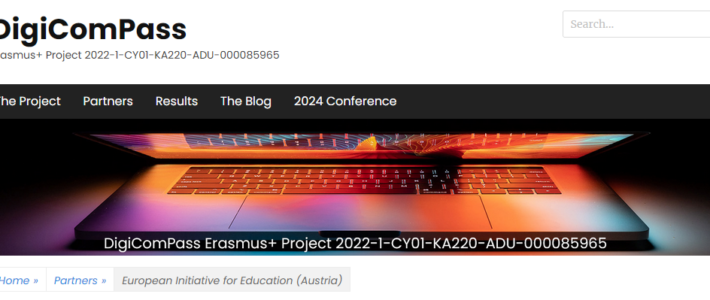

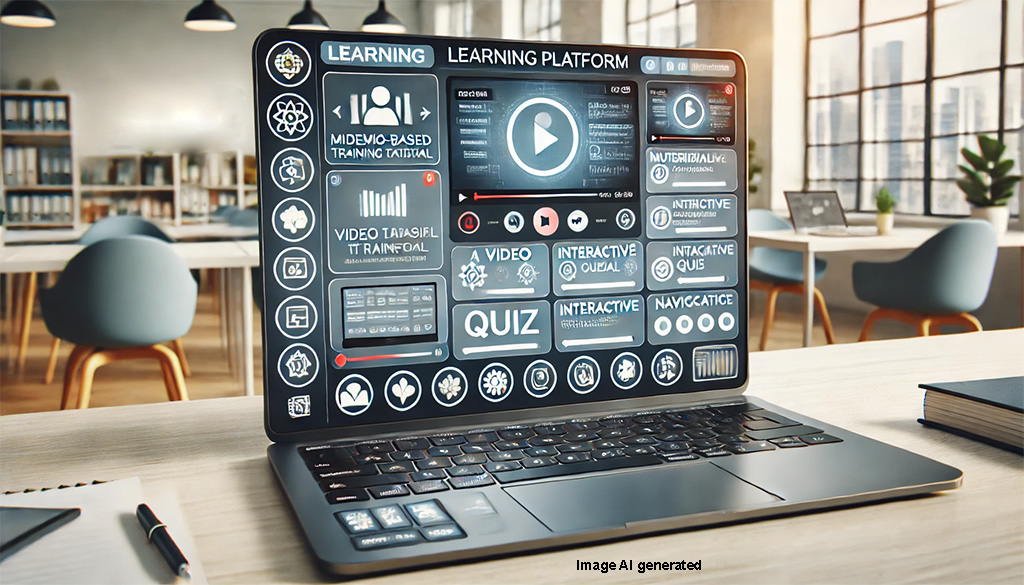

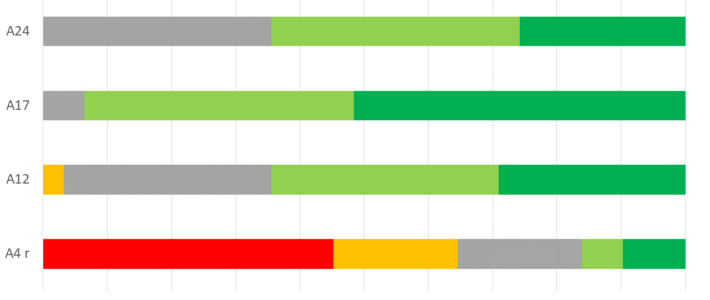
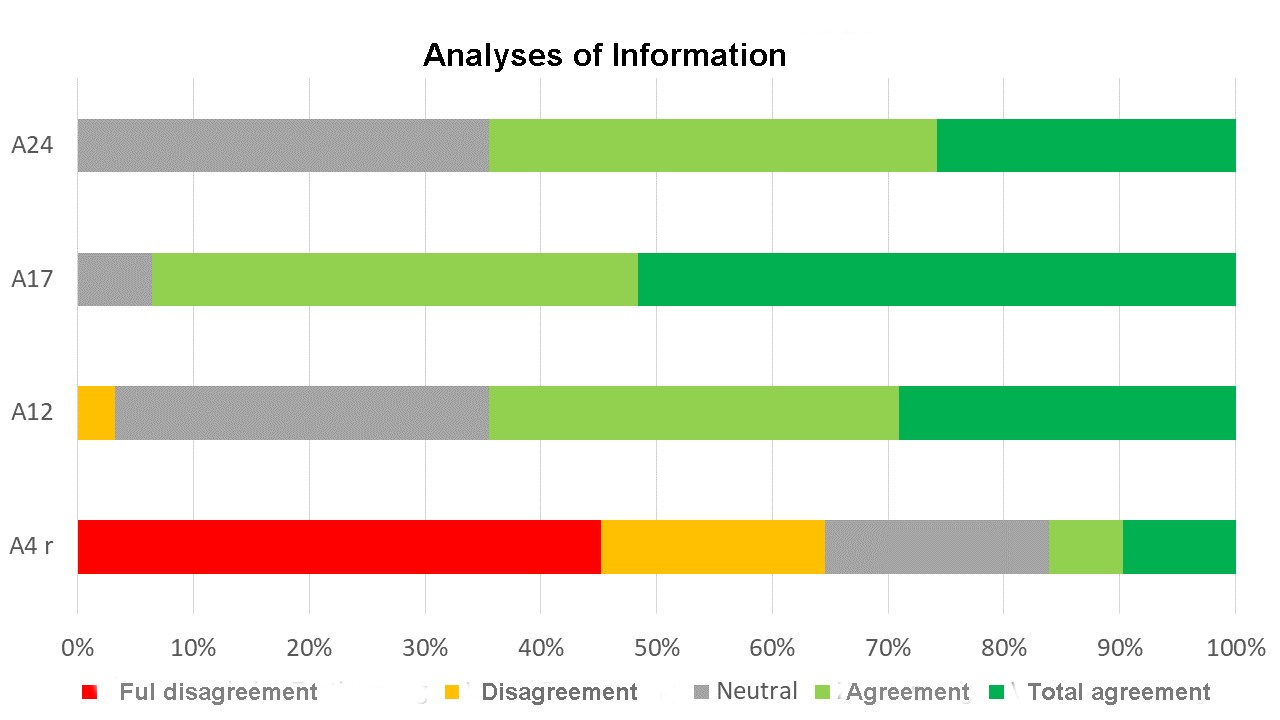
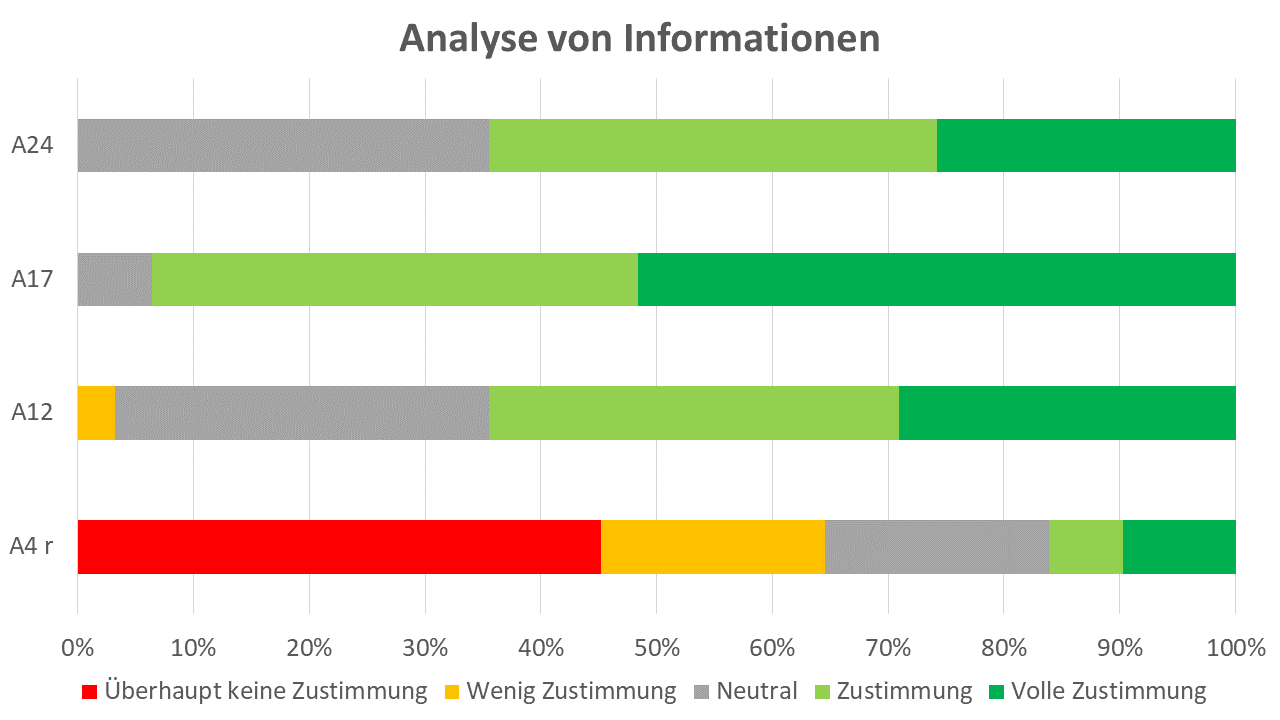


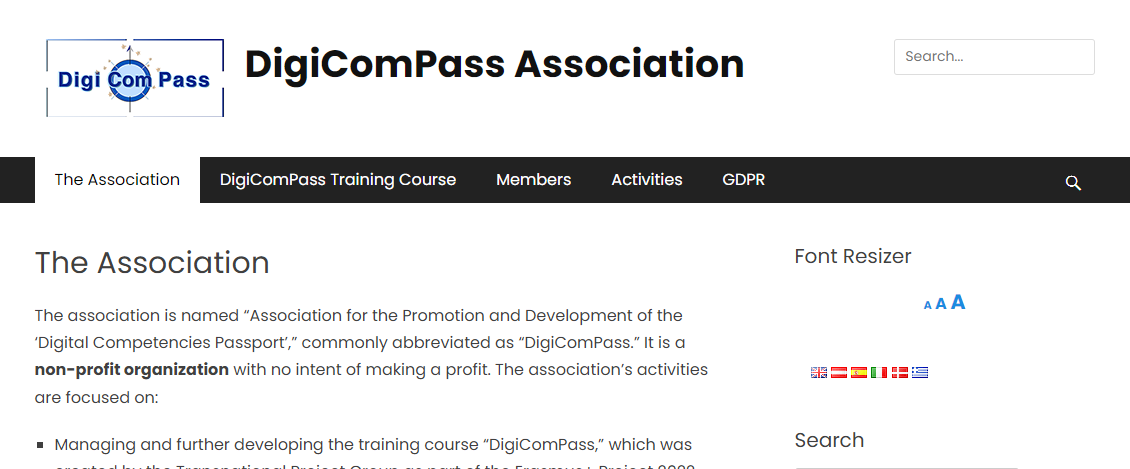


 Deputy Secretary Fernando Benavente
Deputy Secretary Fernando Benavente
 Deputy Treasurer Diyana Todorova
Deputy Treasurer Diyana Todorova First Auditor BEd Mag. Harald Makl MA
First Auditor BEd Mag. Harald Makl MA Second Auditor Martin Savchev
Second Auditor Martin Savchev Errol St. Clair Smith
Errol St. Clair Smith Ph.D Christos Mettouris
Ph.D Christos Mettouris Constantinos Tsouris
Constantinos Tsouris